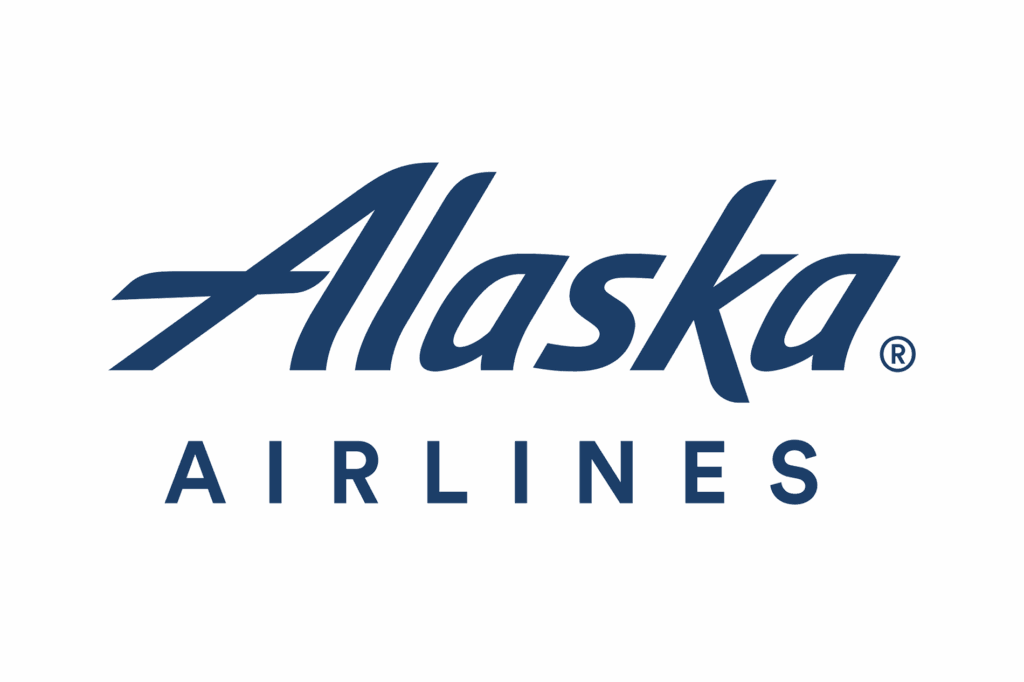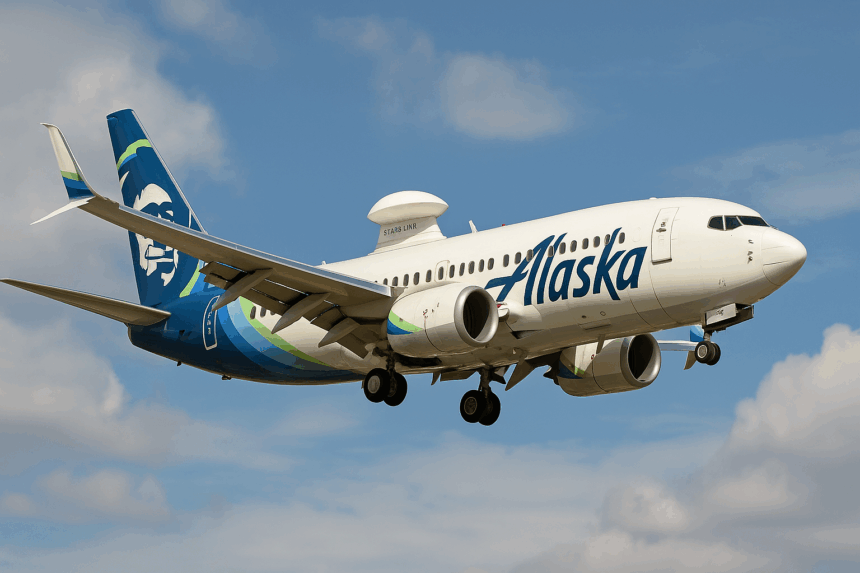Alaska Airlines will soon bring Starlink Wi-Fi to its passengers, promising faster, more reliable internet in the skies. Starting in 2026, the carrier plans to connect its fleet to SpaceX’s satellite broadband network. It joins other airlines betting on low-Earth-orbit connectivity through the Alaska Airlines-Starlink deal.
What’s Happening & Why This Matters

Alaska Airlines announced that by 2026, its aircraft will begin rolling out Starlink internet with advertised speeds of up to 500 Mbps. The project covers Alaska’s mainline and regional aircraft as well as the newly acquired Hawaiian Airlines planes. By 2027, both fleets are expected to have full access due to the Alaska Airlines-Starlink deal.
The partnership builds on Hawaiian Airlines’ earlier adoption of Starlink, which began in February 2024. Alaska Airlines CEO Ben Minicucci said the expansion ensures “the fastest, most reliable in-flight internet in the skies – with gate-to-gate connectivity on nearly every aircraft.”
Starlink’s constellation of more than 8,000 satellites orbiting about 350 miles above Earth delivers high-speed, low-latency internet. Unlike traditional providers that rely on geostationary satellites 22,000 miles up, Starlink’s closer network allows smoother streaming, faster uploads, and reduced lag times.
Currently, Alaska charges $8 per flight for Wi-Fi. Still, starting in 2026, Starlink access will be free for members of Atmos Rewards. This loyalty program combines Alaska’s Mileage Plan and Hawaiian’s HawaiianMiles. Non-members can still connect but may need to view ads first. The benefit comes as part of the Alaska Airlines-Starlink deal.
In addition, T-Mobile customers will enjoy seamless, ad-free access through an integration with Atmos Rewards. According to airline spokeswoman Maria Cid, this will allow subscribers to bypass ads. They can connect instantly without entering login details each flight.

Older Alaska aircraft, such as the Boeing 737-700 and Embraer E175, will be prioritized for the upgrade. These currently run on outdated Gogo systems. That air-to-ground service, adopted in 2010, is scheduled to shut down by 1 April 2026.
Alaska becomes the third major U.S. airline to deploy Starlink, following United and Hawaiian. Other international carriers, including Air France, Qatar Airways, and SAS, are also equipping their fleets with the technology.
While Starlink dominates in-flight connectivity, it faces competition from OneWeb, now powering Air Canada flights, and Amazon’s Project Kuiper, which has signed a deal with Airbus.
Starlink is still best known for home broadband, though it has faced challenges, including outages and state-level pushback against its expansion. Yet, its adoption by airlines through deals reinforces its value in aviation. Here, speed and reliability directly affect passenger experience.
TF Summary: What’s Next
Alaska Airlines passengers can expect free Starlink Wi-Fi by 2026. The full deployment across Alaska and Hawaiian Airlines fleets is expected by 2027. With partnerships like T-Mobile making connections ad-free and seamless, the integration positions Alaska as a passenger experience proponent.
Competition among satellite broadband providers is intensifying. But Starlink’s dominance seems clear in aviation connectivity, punctuated by the Alaska Airlines deal. Airlines see it as the standard for the skies. Passengers, meanwhile, stand to gain the most from faster, more reliable in-flight internet.
— Text-to-Speech (TTS) provided by gspeech


